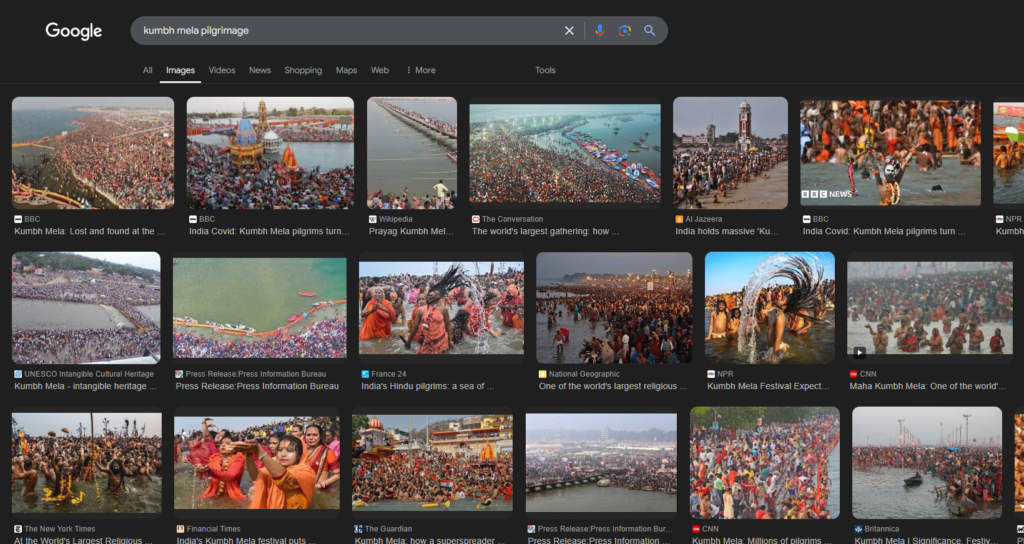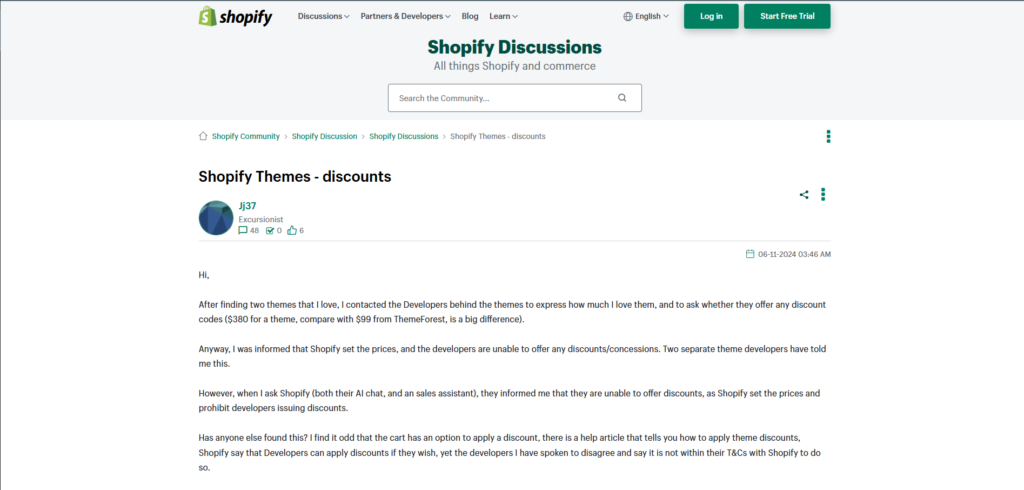Introduction
The Kumbh Mela Pilgrimage is not just a religious gathering; it’s a spiritual spectacle, a cultural marvel, and a testament to faith. Recognized as the largest human congregation on Earth, Kumbh Mela attracts millions of devotees, ascetics, and tourists from around the world. This once-in-a-lifetime experience offers sacred river dips, spiritual discourses, ancient rituals, and unparalleled cultural vibrancy.
But why is the Kumbh Mela so special? What’s the history behind it, and why do millions of people participate in this extraordinary event? In this comprehensive guide, we will explore everything you need to know about the Kumbh Mela pilgrimage, including its significance, dates, locations, rituals, and travel tips.

Whether you’re a first-time traveler or a seasoned spiritual seeker, this blog will provide essential insights to help you make the most of your Kumbh Mela experience.
What is the Kumbh Mela?
The Kumbh Mela is a Hindu pilgrimage festival celebrated every 12 years at four holy riverbanks across India:
- Prayagraj (Allahabad) – Confluence of Ganga, Yamuna, and Saraswati
- Haridwar – Banks of the Ganges River
- Ujjain – Banks of the Shipra River
- Nashik – Banks of the Godavari River
Every six years, a smaller version of the Kumbh Mela, called the Ardh Kumbh Mela, takes place, while the Purna Kumbh Mela (full version) occurs every 12 years at each site. The Maha Kumbh Mela, held every 144 years in Prayagraj, is the largest and most significant of them all.
The Mythological Significance of Kumbh Mela
The origins of Kumbh Mela are deeply rooted in Hindu mythology. According to legend, the festival commemorates the time when gods (Devas) and demons (Asuras) fought over the pot (Kumbh) of Amrit (nectar of immortality). During this battle, a few drops of nectar spilled over four locations—Prayagraj, Haridwar, Ujjain, and Nashik—making them spiritually charged pilgrimage sites.
This ancient tale gives the Kumbh Mela its spiritual significance, making it an occasion where bathing in these holy rivers is believed to wash away sins and grant moksha (liberation from the cycle of rebirth).
Why is Kumbh Mela Important?
1. A Gateway to Spiritual Purification
Millions of sadhus, saints, and devotees gather at Kumbh Mela to take a holy dip in the sacred rivers, believing it cleanses their sins and helps them attain spiritual enlightenment.
2. A Cultural and Religious Extravaganza
The Kumbh Mela isn’t just about rituals; it’s a celebration of Indian heritage, where yoga camps, religious discourses, grand processions, and spiritual seminars take place.
3. The Largest Human Gathering in the World
The Maha Kumbh Mela in Prayagraj attracts over 150 million people, including monks, pilgrims, scholars, and international tourists, making it the biggest congregation of humans on Earth.
4. A Photographer’s Paradise
With colorful processions, ash-smeared Naga Sadhus, vibrant tents, and spiritual fervor, the Kumbh Mela provides breathtaking photographic opportunities that capture the soul of India.
Key Rituals of Kumbh Mela
1. Shahi Snan (Royal Bath)
The Shahi Snan is the most sacred ritual, where saints and ascetics from different sects take a holy dip before sunrise in a grand procession.
2. Pravachan (Spiritual Discourses)
Many renowned saints and religious leaders deliver spiritual discourses, sharing wisdom about Hinduism, life, and the cosmos.
3. Akhara Processions
Different Akhadas (monastic orders), including Naga Sadhus (naked ascetics), Udasin Akhadas, and Vaishnav Akhadas, take part in massive, royal processions showcasing their faith.
4. Kumbh Camps and Cultural Programs
The Kumbh Mela hosts numerous yoga camps, meditation sessions, art exhibitions, and theatrical performances, making it a blend of spirituality and culture.
Upcoming Kumbh Mela Dates & Locations
| Event | Location | Year |
|---|---|---|
| Maha Kumbh Mela | Prayagraj | 2025 |
| Ardh Kumbh Mela | Haridwar | 2028 |
| Purna Kumbh Mela | Ujjain | 2032 |
| Purna Kumbh Mela | Nashik | 2036 |
Travel Tips for Attending Kumbh Mela
1. Plan Your Stay in Advance
Accommodation during Kumbh Mela gets booked months in advance, so secure a hotel, dharamshala, or tent city early.
2. Travel Light and Stay Safe
Expect crowds of millions—carry essentials like water bottles, dry snacks, and emergency contacts while avoiding valuables.
3. Be Mindful of Ritual Timings
The Shahi Snan days witness the largest crowds, so plan accordingly to experience the ritual without inconvenience.
4. Respect the Local Culture
Dress modestly, follow local traditions, and be respectful to sadhus, priests, and fellow pilgrims.
5. Explore Beyond the Festival
Visit local temples, ghats, and heritage sites in Prayagraj, Haridwar, Ujjain, and Nashik to enrich your journey.
Conclusion
The Kumbh Mela Pilgrimage is a once-in-a-lifetime experience that offers spiritual awakening, cultural immersion, and an unparalleled sense of unity. Whether you’re a devotee, traveler, photographer, or cultural enthusiast, this festival promises unforgettable memories and life-changing encounters.
If you’re planning to visit the Kumbh Mela 2025 in Prayagraj, start your preparations today for a seamless, spiritual, and rewarding journey!








